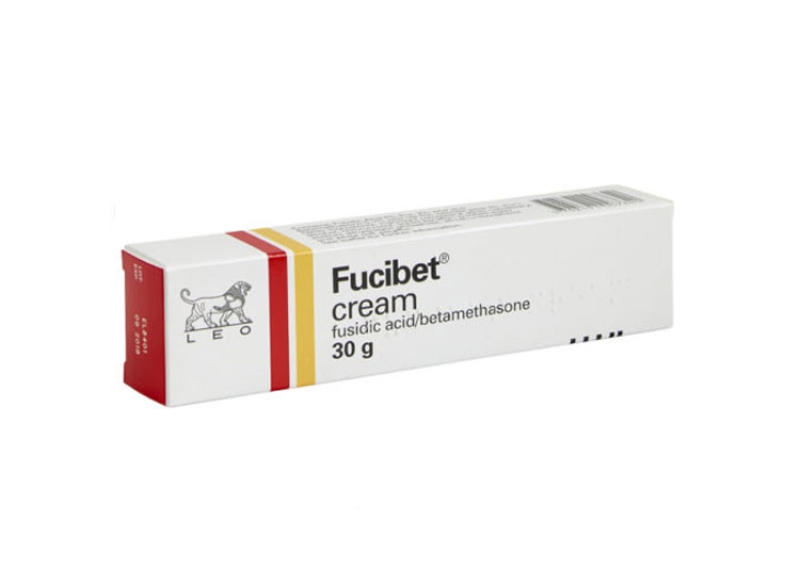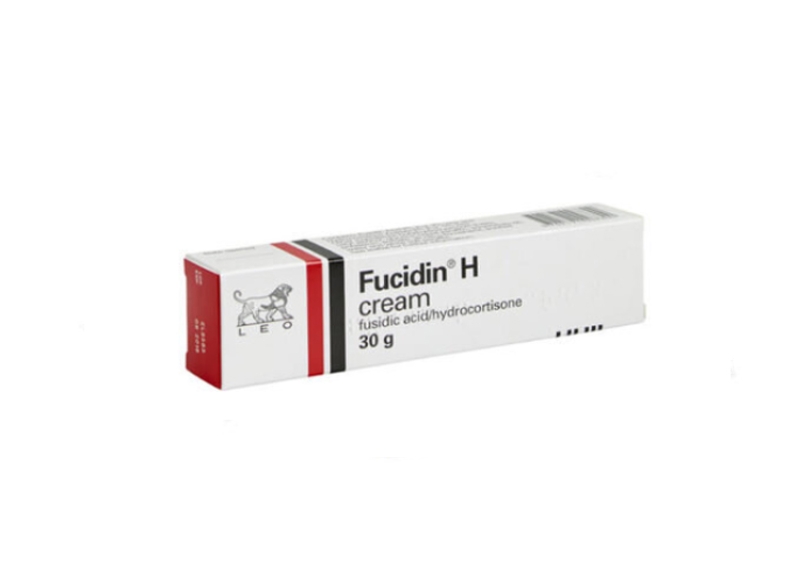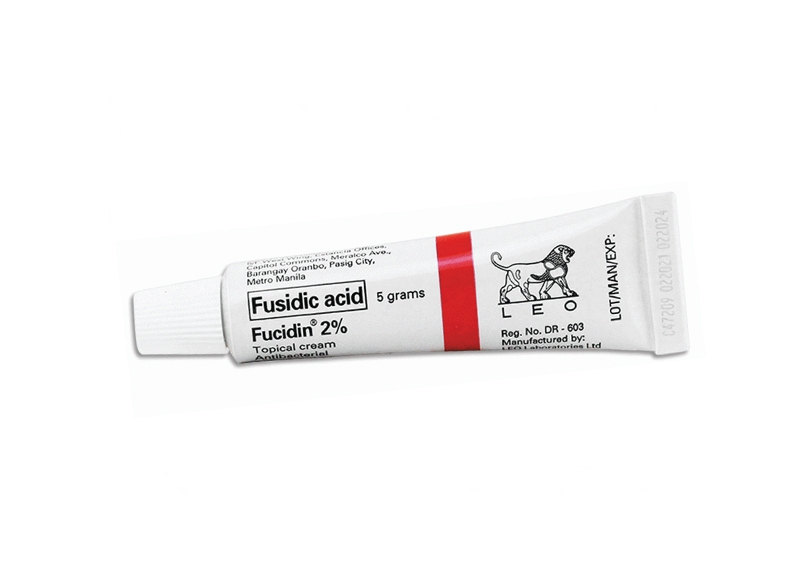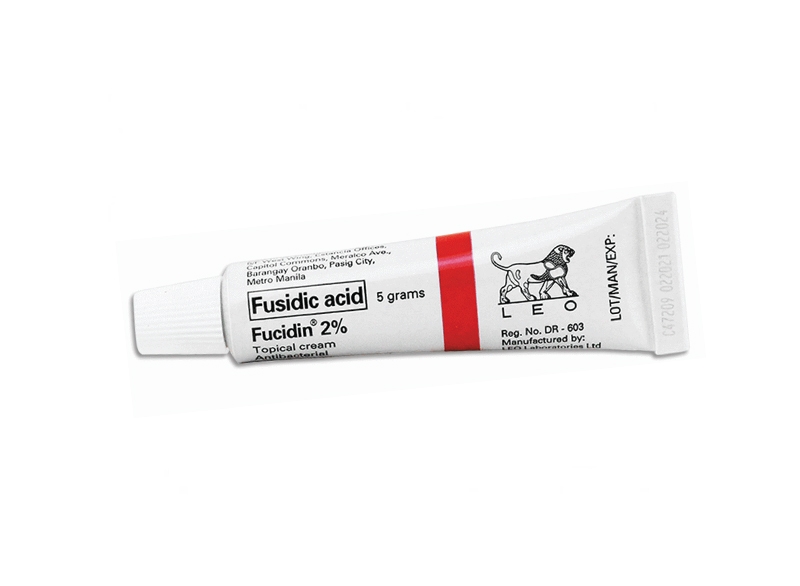How to Order ? Simple.
-
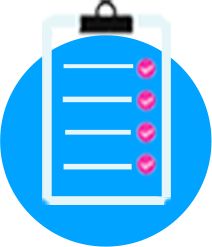
1.
Select Treatment
Choose from our treatment options or speak to the in-store pharmacist for advice
-

2.
Complete Medical Questionnaire
Complete our free online medical consultation to be reviewed by our Clinical Team
-
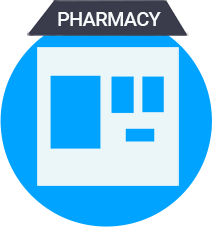
3.
Collect Medication from Local Pharmacy
We will notify you when your medication is ready for collection
Advice for Bacterial Skin Infection
Bacterial Skin Infections
Bacterial skin infections occur when bacteria enter the skin, often through breaks or cracks, leading to inflammation and potential complications. Common bacteria causing these infections include Staphylococcus and Streptococcus. Symptoms can range from mild to severe, including redness, swelling, pain, and pus. Treatment typically involves antibiotics, and prompt medical attention is crucial to prevent serious complications like sepsis.
Bacterial skin infections are a common reason for emergency visits. Children under five years and adults over 65 years old are affected more often than other age groups. In 2005, the World Health Organisation (WHO) reported a high prevalence of skin disease in children from developing countries in sub-Saharan Africa.
Certain comorbid conditions increase susceptibility to bacterial skin infections, such as diabetes, vascular insufficiency, and being immunocompromised (e.g., chemotherapy patients with neutropenia). Some people, such as those who inject drugs, are at increased risk. Among hospitalized patients, skin infections are prevalent and often complicate the hospital course.
The symptoms of a skin infection will depend on:
-the type of infection
-the cause
-individual factors, such as whether the person has a weakened immune system
Common symptoms of skin infections include:
-redness on pale skin, or purple or darker areas of skin if you have a darker skin tone
-lesions that may be flat or raised, bumpy, or wart-like
-itching
-pain and tenderness
-skin that may be warm to the touch
In some cases, a person may also have other symptoms, such as a fever.
Signs of a severe infection include:
-pus
-blisters
-skin sloughing, breakdown
-dark areas that can indicate necrosis or tissue death
-pain and discoloration
-widespread swelling

